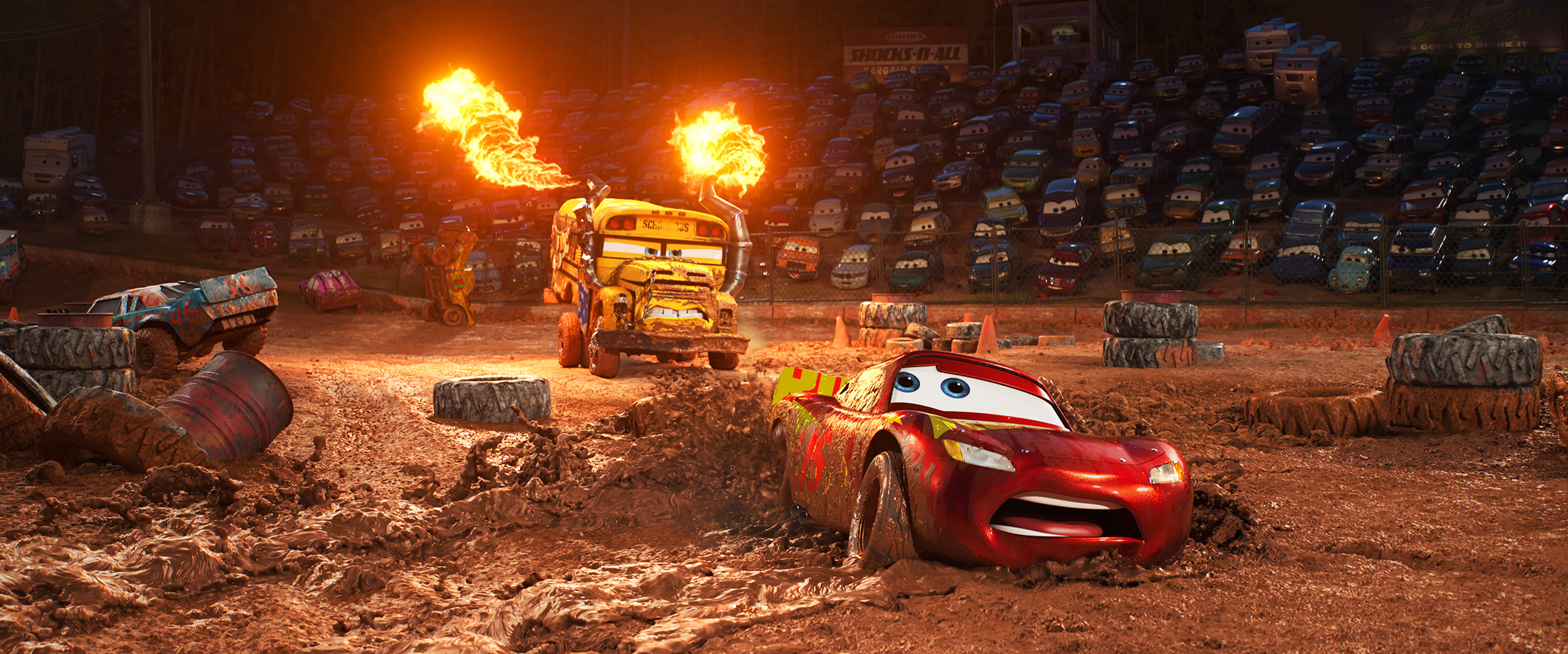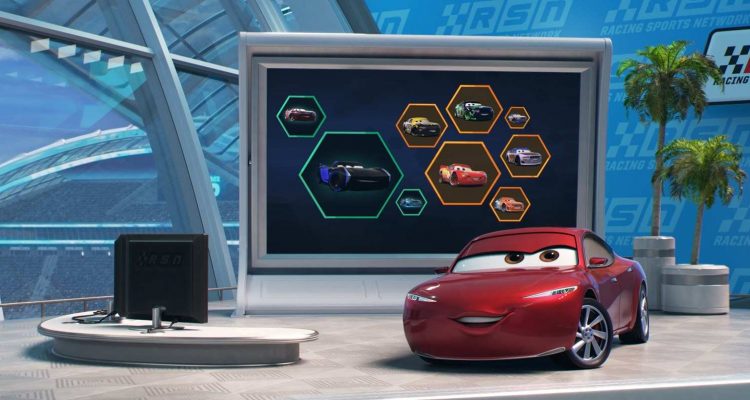When “Cars 2” was released in 2011, Pixar was riding high as the rare studio that had a reputation for making sequels that were even better than the originals (the previous summer “Toy Story 3” had been released and became only the third animated film to ever be nominated for a Best Picture Oscar). But “Cars 2,” which replaced the gentle sweetness of the first film with cockamamie spy movie theatrics, was more baffling than bewitching, seemingly fueled less by an interest in continuing the story of the characters than adding new items to the franchise’s unstoppable line of merchandise. (“Cars 2” was the rare Pixar film that wasn’t even nominated for the Best Animated Feature Oscar.) When a third film in the series was announced, it was met with a healthy amount of skepticism, and understandably so; it’s hard to even untangle what the second movie was about. Thankfully “Cars 3” is a welcome return to form that makes you appreciate what made the first, woefully underappreciated film so special and pushes the series into some unexpected places. Oh, and it’s as pleasant as a drive through the country.
At the start of “Cars 3,” fabled racecar Lightning McQueen (Owen Wilson) finds himself as a veteran athlete being lapped by a new breed of high tech racers, embodied by Jackson Storm (Armie Hammer), a pompous, streamlined speed demon. After Lightning’s new sponsor Sterling (Nathan Fillion) offers to give him some next-gen training, he eschews the traditional route and instead vows to follow the path that his idol and mentor Doc Hudson (Paul Newman, thanks to some unearthed audio) followed. Along with feisty trainer Cruz (Cristela Alonzo), Lighting travels to demolition derbies and eventually connects with Smokey (Chris Cooper), one of the original racers and Doc’s former crew chief. Eventually, of course, Lightning regains his mojo and competes in the big race.
READ MORE: 5-Minute Video Essay Explores What Makes Pixar Movies Relatable

One of the more striking aspects of “Cars 3” is just how unlike “Cars 2” it is. While “Cars 2” was busy and overstuffed with dozens of new characters and outlandish action sequences, “Cars 3” is deliberately paced, introducing only a handful of well-defined characters and concentrating mostly on a core group of characters from in the first film (Mater, the lovably obnoxious tow truck that took center stage in the sequel, mercifully returns to the sidelines). The sequel was a technical achievement, for sure (the amount of stuff in that movie is dizzying), but what made the first film so special was its measured narrative (director John Lasseter admitted to it being a loving Hayao Miyazaki homage), melancholic nostalgia and emphasis on atmosphere over action. “Cars 3” is all about returning to the fundamentals that made Lightning such a strong racer in the first place and “Cars 3,” as a movie does just that – it does away with the unnecessary ornamentation of the sequel and focuses on what really matters (much credit should be given to director Brian Fee, who was a story artist on the first two films and makes his feature debut here, and co-writer Mike Rich, who has a strong grip on sports narrative conventions thanks to his work on “The Rookie,” “Miracle” and “Secretariat“).
When “The Good Dinosaur” was finally released back in the fall of 2015 it introduced an unheard of level of realism into the Pixar sandbox, exemplified by that film’s naturalistic backgrounds that felt like something out of a Terrence Malick film. “Cars 3” takes that unheard of level of detail and visual sophistication and pushes it even further; seriously you’ve never seen anything quite this beautiful before. There’s a sequence early on in the movie where Lightning trains along a beach and you can practically feel the cool spray of the waves on your face as he whips by. While this additional detail gives the racing sequences some added oomph (sparks fly, rubber pebbles bounce along the track, oil gushes), it also gives the entire movie an extra layer of complexity, since the cartoony characters, set against almost photo-real backdrops, lends everything a gentle surrealism. Oftentimes watching these cars against the most realistic looking mud, sand, or dirt, you’ve ever seen in an animated film, comes across as downright trippy.
READ MORE: The 30 Best Voice Performances In Pixar Movies
 But the main thing you’ll feel from “Cars 3” is joy; this is Pixar at its most radiant and playful. Lightning is a surprisingly complex character and the filmmakers have described the three films as a single arc, as the racecar goes from hotshot upstart to seasoned pro to worn out veteran (again: thank Rich). It’s been more than a decade since the first film and it’s nice to see the filmmakers treat the passage of time with respect and dignity. Indeed, one of the lessons Smokey imparts is the dignity of aging and the fulfillment that comes from letting someone younger take center stage (it’s hard not to see this as a metaphor for Lasseter letting Fee take over the series’ directorial duties). If this is the end of the “Cars” franchise, at least in this form, then “Cars 3” makes sure that the series goes out on a graceful, hopeful note. As the old saying goes, it’s not the years it’s the mileage and “Cars 3” makes that metaphor beautifully literal. [A-]
But the main thing you’ll feel from “Cars 3” is joy; this is Pixar at its most radiant and playful. Lightning is a surprisingly complex character and the filmmakers have described the three films as a single arc, as the racecar goes from hotshot upstart to seasoned pro to worn out veteran (again: thank Rich). It’s been more than a decade since the first film and it’s nice to see the filmmakers treat the passage of time with respect and dignity. Indeed, one of the lessons Smokey imparts is the dignity of aging and the fulfillment that comes from letting someone younger take center stage (it’s hard not to see this as a metaphor for Lasseter letting Fee take over the series’ directorial duties). If this is the end of the “Cars” franchise, at least in this form, then “Cars 3” makes sure that the series goes out on a graceful, hopeful note. As the old saying goes, it’s not the years it’s the mileage and “Cars 3” makes that metaphor beautifully literal. [A-]

